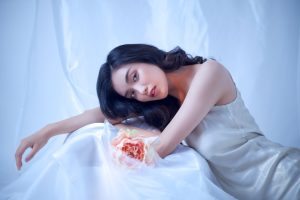Introduction
Minimalist design has been gaining popularity in recent years. With its emphasis on simplicity and functionality, minimalist design has become a popular choice for product designers, architects, and graphic designers alike. In this article, we will explore the concept of minimalist design, its origins, and its main principles, as well as its impact on product design.
What is Minimalist Design?
Minimalist design is a design style characterized by simplicity, clarity, and functionality. It is a design approach that aims to strip away unnecessary elements, leaving only the essential components of a design. In minimalist design, less is often considered more, and simplicity is highly valued. Minimalist design can be applied to a wide range of products, including furniture, electronics, fashion, and even architecture.
The Origins of Minimalist Design
Minimalist design has its roots in the art and design movements of the 1960s and 1970s. At this time, artists and designers were looking for ways to engage with modern technology, while also rebelling against the excesses of consumerism and materialism. The minimalist movement was born out of this context, as designers sought to create designs that were both functional and visually appealing, without being overly ornamental.
The Principles of Minimalist Design
The principles of minimalist design include simplicity, functionality, and clarity. In minimalist design, form follows function, meaning that the design of a product should be driven by its intended use. Minimalist design also values simplicity, meaning that unnecessary elements should be eliminated from a design. Finally, clarity is also an essential principle of minimalist design, as the design should be easy to understand and use.
Impact on Product Design
Minimalist design has had a significant impact on product design in recent years. Many designers have embraced the minimalist approach, creating products that are both aesthetically pleasing and highly functional. Minimalist design has also had an impact on the way that products are marketed, with many companies using minimalist design to convey a sense of simplicity and sophistication.
Examples of Minimalist Product Design
There are numerous examples of minimalist product design, from the sleek lines of Apple’s iPhone to the minimalist furniture designs of companies like Muji and Ikea. Many minimalist products are characterized by clean lines, simple shapes, and a limited color palette, often using neutral colors like white, black, and gray.
The Future of Minimalist Design
As we look to the future, it seems likely that minimalist design will continue to play an important role in product design. With its emphasis on simplicity and functionality, minimalist design resonates with many people who are looking for products that are easy to use and understand. As technology becomes more complex, minimalist design may become even more important, as consumers seek out products that simplify their lives.
Conclusion
Minimalist design is a powerful design approach that emphasizes simplicity, functionality, and clarity. It has had a significant impact on product design in recent years, and it seems likely that it will continue to do so in the future. Whether you are a designer, an architect, or a consumer, it is worth considering the principles of minimalist design and how they can be applied to your own work or personal life.





More Stories
The Elegance of Spiral Staircase Chandeliers: A Perfect Blend of Form and Function
The Elegance of Sconce Hallways: Illuminating Your Passages with Style
Illuminate Your Space with Adjustable Wall Lights in the UK